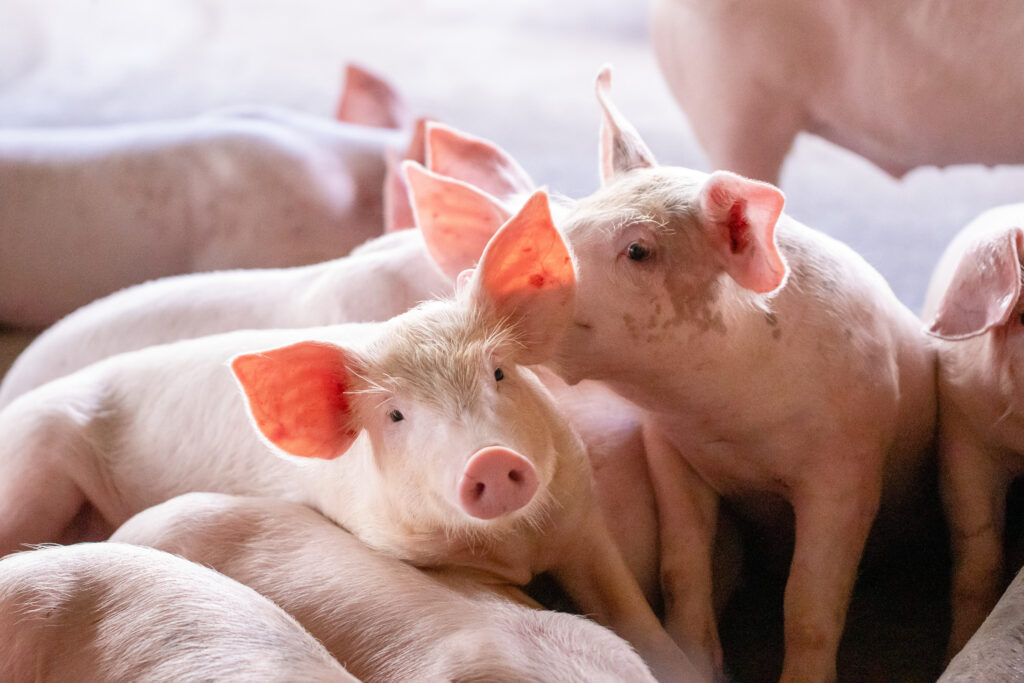The Danish government is to introduce the Europe’s first carbon tax on agriculture.
From 2030, farmers will have to pay 120 Danish krone (DKK) (£13.60) per metric ton of emitted carbon dioxide (CO2) equivalent, rising to 300 DKK (£34) from 2035 onwards.
Agreement on the tax was reached between the Danish Government, local Governments and Danish farming, food meat processing and nature organisations and unions last week, after five months of negotiations.
Revenues from the tax will be channelled back to the sector and reinvested into green initiatives, climate technology, and production transformation, targeting the agricultural sectors facing the most difficulty transitioning, according to Jenny Brunton, from the UK farming union’s British Agricultural Bureau.
Approximately 40 billion DKK (£4.5bn) will be allocated to a new Green Landscape Fund, which will support the creation of 250,000 hectares of new forests, the restoration of 140,000 hectares of peatlands, further land conversion, and strategic land purchases, including farms, focused on nitrogen reduction.
The partners expect the initiative will enable two-thirds of Danish waters to meet the EU Water Framework Directive (WFD) goals by 2027.
“Agriculture is currently expected to account for 46% of emissions by 2030. Experts believe the carbon tax will slash 1.8 million tonnes of that in 2030, enabling Denmark to meet its target of cutting 70 percent of its total emissions by that year,” Ms Brunton said.
The associations involved – the Government of Denmark, the Danish Agriculture and Food Council, the Danish Society for Nature Conservation, the Confederation of Danish Industry, the Trade Union NNF, which represents workers in the Danish processing and meat industry and the Danish Local Government Association – are now urging lawmakers to approve the deal, which should be reviewed and adopted after the summer holidays, she added.
Danish Economy Minister Stephanie said the agreement would ‘form the basis for a historic reorganization and restructuring of Denmark’s land and food production’.




